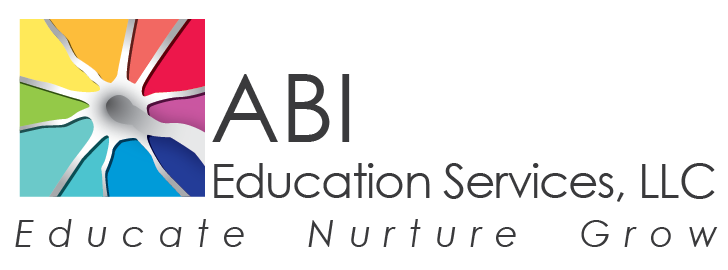Students With Traumatic Brain Injury: The Challenge for Teachers and Schools
Traumatic brain injury is the leading cause of disability among children and youth. Students returning to school with traumatic brain injuries may have an entire range of physical, cognitive, behavioral, social and emotional challenges. Exposure to education can aid in the recovery of these functions. Much as schools promote learning, recovery is a re-learning process, so it is important for educators in the school system to provide support and services to students with brain injuries.
Unfortunately, brain injury has dropped off our educators’ radar, and often goes unnoticed due to under-reporting and/or misidentification. However, more and more children, adolescents and young adults are surviving their injuries due to advances in medical technology. But students with brain injury who return to school are often at a disadvantage because they require special accommodations, supports and services of which educators have little knowledge and training. Without these educational programs and services, students with brain injuries are at greater risk for lower academic performance, failing grades and dropping out of high school. If we are to meet the challenge of educating students with brain injuries, then we need to take some major steps toward changing our national educational system.
Currently, there are 5.3 million Americans living with the effects of a long-term disability due to a brain injury, with 1.5 million sustaining a traumatic brain injury annually. Educators will admit to not knowing much about brain injury. They believe that they have not had many, if any students in their classrooms who have sustained brain injuries. This, unfortunately, is a wide-spread misconception. The epidemic of TBI in our youth has posed many problems. Effectively educating these students can only occur if educators are given appropriate supports and transitional services. By not knowing how best to support the students, teachers are liable to inhibit the cognitive recovery of their students, compounding the challenges faced by them, and failing to prepare them for adulthood.
The SYSTEM needs to change
Right now, the mission is to increase teachers’ awareness of brain injury so that they can provide effective and appropriate educational supports and transitional services for the student brain injury community. Access to this information will enable educators to provide students with improved opportunities for their futures – futures that encompass not only academic success, but also include the transition from high school into communities, businesses and higher-learning institutions.
Level 1 Change
use professional development to increase the level of competency among
educators by providing a foundation of knowledge about brain injury
Level 2 Change
expand educators’ skills to include identification and assessment of cognitive,
physical and psychosocial challenges
Level 3 Change
train educators in the learning differences of students with brain injury
compared to other disabilities
Level 4 Change
learn instructional strategies
Level 5 Change
increase educators’ competency regarding awareness of how students’ learning
environments and social interactions can change after brain injury
Achieving any systematic change requires increasing the competency level of not only teachers, but also parents, administrators, professionals and the students themselves.
References
Almli, C. & Finger S. (1992). Brain injury and recovery of function: Theories and mechanisms of functional reorganization. Journal of Head Trauma Rehabilitation, 7(2), 70-77.
American Council on Education (1989). Head Injury Survivor On Campus: Issues and Resources. HEATH Resource Center (pp.1-11). Washington, DC.
Brain Injury Association of America (2001). [Media Resource Kit].
Finger, S. (1999). Margaret Kennard on Sparing and Recovery of Function: A Tribute on The 100th anniversary of Her Birth. Journal of the History of Neurosciences, 8(3), 269-285.
Gray, D.S., (2002). Mechanisms of Brain Injury, Markers of Severity, Classification, Sequelae of Injury and Recovery from Injury. BIRPP. Retrieved October 20, 2002 from Internet.
Johnson DA, Ruston S. & Shaw J. (1996). Virtual reality enriched environments, physical
exercise and neuropsychological rehabilitation. Proc 1st Euro. Conf. Disability. Retrieved October 19, 2002 from Internet.
Perna, R. (2002). Brain Injury: Does Age Really Matter? Brain Injury Source 6(2), 32-34.
Savage, R.C. & Wolcott, G.F. (Eds.) (1994). Educational Dimensions of Acquired Brain Injury. Austin, TX: PRO-ED, Inc.
Wehman, P. (1996). Applications for youth with traumatic brain injury. Life beyond the classroom: Transition strategies for young people with disabilities (pp. 445-478). Baltimore: Paul H. Brookes Publishing Co.
